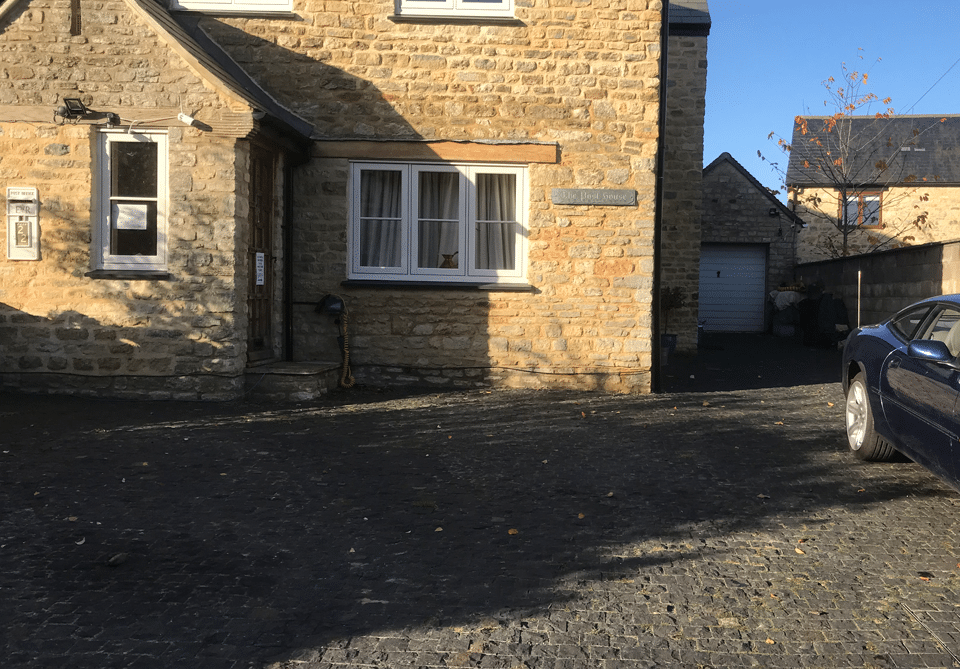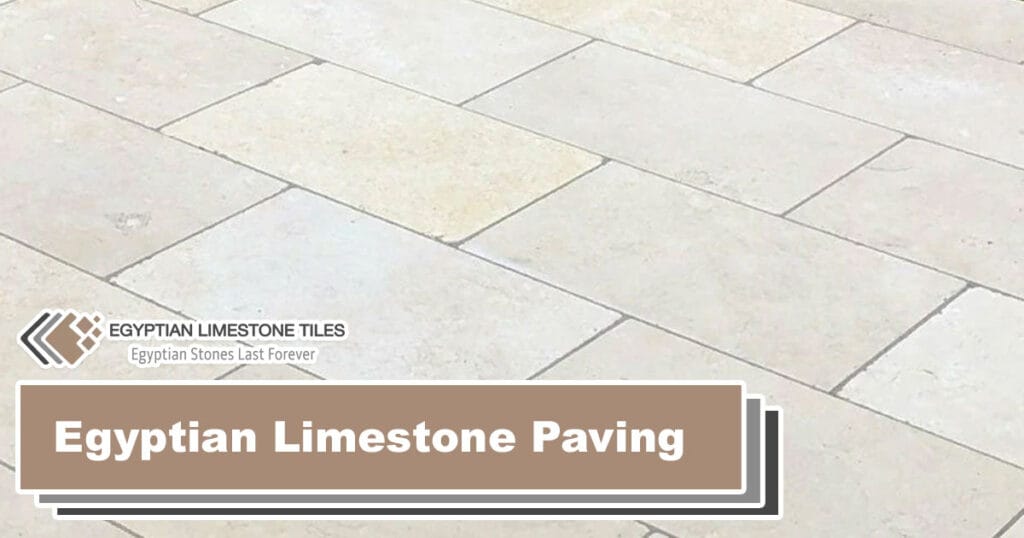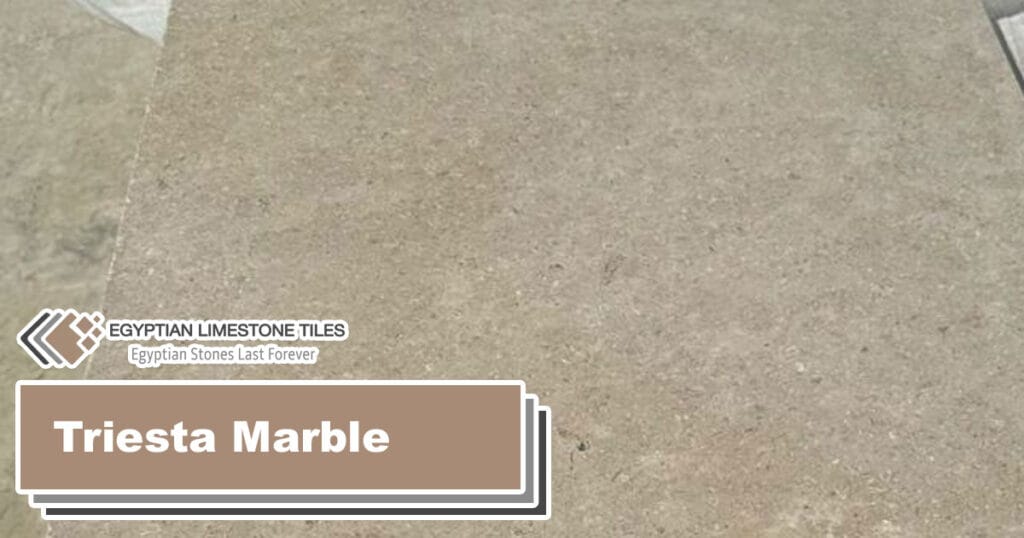
Limestone Floors
When Lyn and I were designing our home conversion we tried to ensure we covered everything, including what materials we wanted. To assist in our search, we visited exhibitions and trade shows, as well as suppliers.
It was quite easy to select the main fabric of the structure, as the local authority planning department insisted that we match the existing stone of the bungalow that we were converting to a two-storey home. We also wished to improve the roof covering from the concrete tiles to real slate and luckily the planning officer agreed that slates would be a great improvement.
Underfloor heating was an obvious improvement to include, but what would be the best floor to maximise the potential of the new heating. We had previously decided that we wanted a wood floor in the lounge in a herringbone pattern and after checking out wood that was compatible with underfloor heating, our choices were either an engineered timber floor or strand bamboo. We opted for the strand bamboo.
That left the new entrance lobby, hallway, kitchen/diner, Orangery, and utility room plus toilet (accessible from the garden, without walking through the house), in all approximately eighty square meters. This we realised was a sizeable amount and we would need to price this up very carefully.
Again, we had to consider compatibility with underfloor heating and something that would take advantage of the underfloor heat source by acting as a heat store.
Tiles were a possibility, although they were expensive and a bit thin to act as an adequate heat store, plus we wanted variation without visible repeats of pattern, whatever we chose had to be hard wearing and resilient, there would be a lot of foot traffic. Marble was too expensive and probably too over the top to suit the property, however, limestone appeared to fit the bill totally, being less expensive than marble, but still a natural product with a variegated appearance.
Now the search began in earnest to find a supplier and installer. Again, we found ourselves visiting exhibitions and trade shows, along with visits to the self-build centre in Swindon and multiple searches on the internet. We learned a lot about limestone including the fact that the term “Dijon” did not specifically refer to limestone from France. We discovered the exciting range of colours available and that fossils were abundant in the surface and what caused the streaks and lines clearly visible in the limestone, this all adds to the timeless quality of limestone and makes it perfect to match with both traditional and contemporary design features in (and outside) your home.
Our decision was to go for the 2cm thick, rather than the 1.5cm thick, we wanted resilience and an effective heat sink. We looked carefully at the sizes and patterns available, such as Opus and Grand Opus, these, we decided, were not really appropriate for our room layouts, having doors and the staircase rising in the hall, along with the kitchen units and dining table in the kitchen diner. The only room that could display the design effectively was the Orangery, but did we really want to change the floor layout at the threshold between the kitchen/diner and the Orangery?
Eventually we settled on the simple pattern of two mixed sizes of limestone tiles 80x40cm and 60x40cm laid randomly in lines. The surface finish we agreed on was the tumbled finish that adds age to the tile edges and is safer than a polished or honed surface when wet.
The variation in quality and price we found from the UK suppliers, along with the variations in costs of laying were astounding and so naturally we started looking abroad, thinking Dijon must come from France! Well yes it does, but not only there, we found sources of Dijon limestone all around the world.
Limestone has been used throughout history to construct buildings that have withstood the test of time and many are still admired today, amongst these are, of course, the Pyramids in Egypt.
Our searches finally resulted in our contacting Egyptian Limestone Tiles after viewing their website https://egyptianlimestonetiles.com Their range of natural stone products is very impressive, as is their website. Our contact there was most helpful and very quickly agreed to send us samples to see both the colour and the quality of the product.
ELT could not have been more helpful and prepared a quotation for us, with terms that we found very reasonable for a personal import. The project we were undertaking, for many reasons, took longer than we had anticipated and because of this our placing an order was delayed for quite a while. I do not consider that it would be correct to state the price difference between sourcing from ELT in Egypt and purchasing in the UK, as every order is certain to have individual variations. The difference was sufficient to make us investigate further what other costs would be involved.
Whilst we were making our selection of the limestone tiles for the house, we noticed that ELT also offered limestone tiles of 3cm thickness for outside use, we enquired if they could cut a circle with an internal circular opening, rather like a doughnut in shape. As ever, ELT were most obliging and gave a very reasonable price for our proposed patio centre piece; a limestone firepit constructed in segments. The patio surrounding the firepit was also in limestone to match the internal tiles a mix of 40x80cm and 40x60cm tiles 3cm thick.
The project required a major change to the drive and approach to our property, we were installing a subterranean LPG tank, in addition new supply pipes and cables and sewer pipes had to be laid in excavated trenches. It was necessary to remove the whole of the surface of the drive and parking area and relocate the entrance to accommodate the gas tank.
ELT we discovered also supplied Basalt blocks or paviours, much to our delight these also had distinct price advantages over UK suppliers, even when taking into consideration any other costs. The final calculations showed that the costs were less than half of the UK suppliers quotes for the Basalt alone.
You may also like ..







